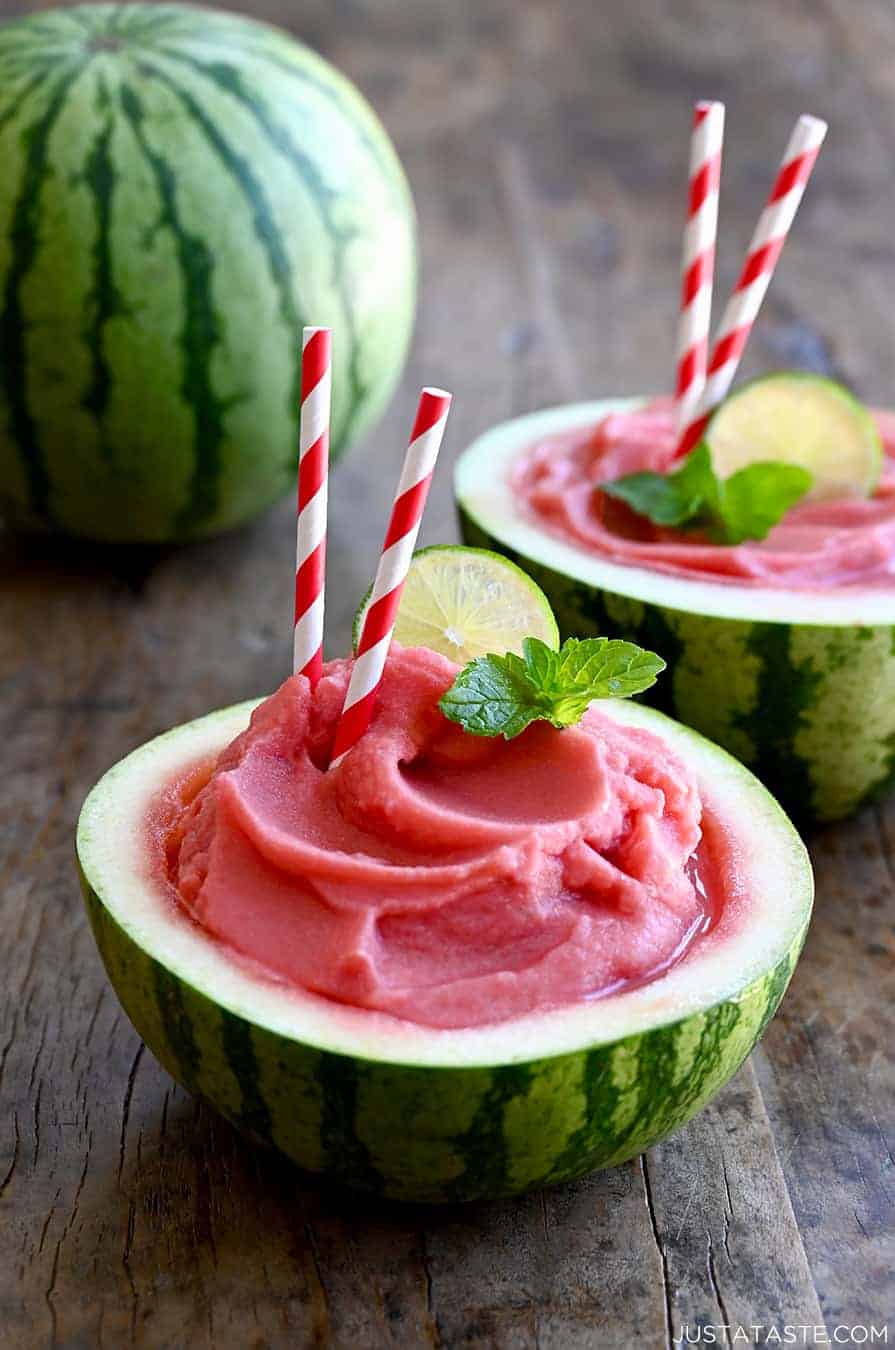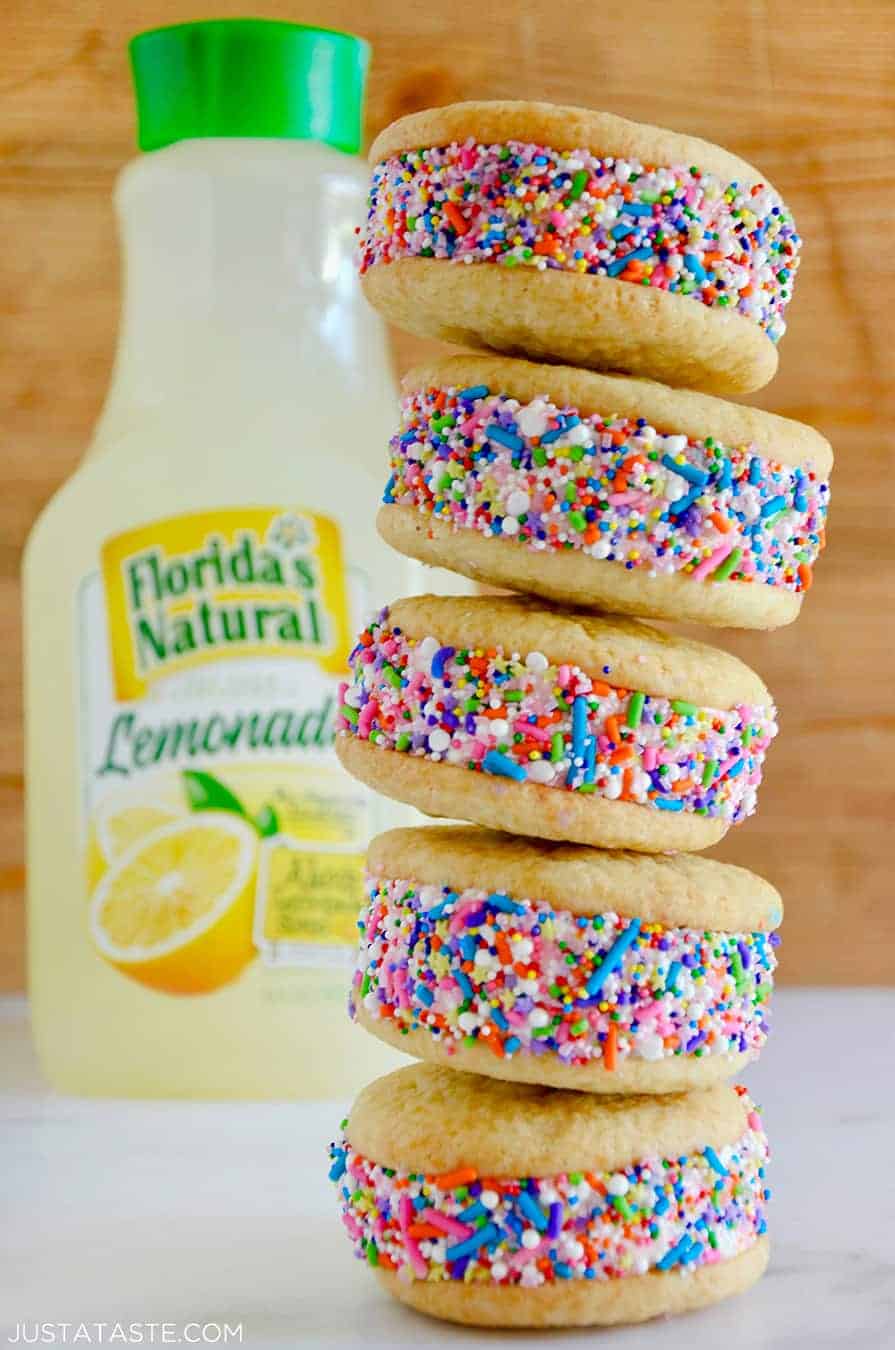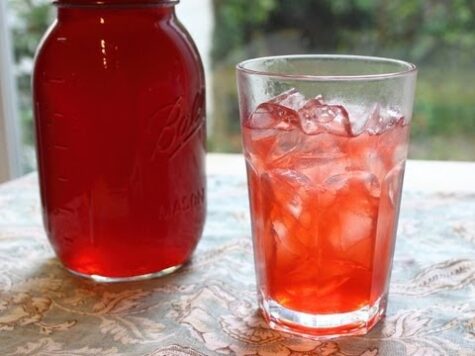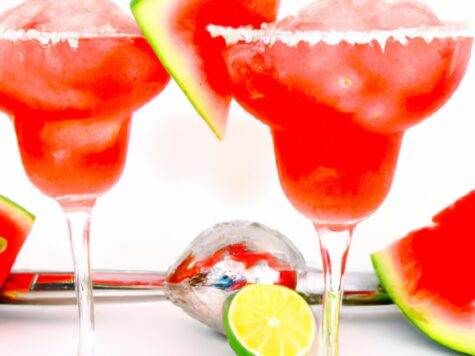Before you write off the humble watermelon, take another look. Give it a good long study, maybe a sniff and keep in mind that this fruit has been titillating eaters all over the world for centuries. Now that you have it down, read on for 10 fun facts you should know about the good ol’ Citrullus lanatus.
- Watermelon comes from Africa.
Though we think of watermelon as mainly an American food item, especially in the Southern states, the fruit actually hails from Africa, namely Egypt. Scientists have found evidence of the watermelon in this country not only from seeds discovered in tombs, but also depicted in hieroglyphics dating back to the 2nd millennium B.C. The ancient Egyptians are thought to have cultivated this melon from a wild strain that grew in the area. Over time, the watermelon spread to the Mediterranean and Europe before landing in America. This migration is believed to have come due to the slave trade, which is why the fruit is such a staple in Southern cuisine. Now, even though watermelon is grown in 44 states, the U.S. is only the fifth-largest producer. Today much of the watermelon we eat gets harvested in China.
- It’s a berry.
That’s right: Even though watermelon belongs to the fruit category, it’s technically a form of berry called a pepo. A pepo comes from the family Cucurbitaceae, a variety that has a hard outer rind as opposed to the soft, easy-to-chew one found on a blueberry.
- Most watermelons you buy are hybrids.
Right now approximately 300 types of watermelon exist, though only about 50 are eaten regularly. Some examples are the small and sweet Sugar Baby, a variety of icebox watermelon developed in 1955; the Little Baby Flower, one of the smallest types, capping at four pounds; the giant Jubilee, which can grow up to 45 pounds; and the Crimson Sweet, a cross between the Charleston Gray, Miles and Peacock varietals.
- Cook this fruit.
Don’t just eat watermelon raw — give it a good blast of heat to really bring out the flavors. “A lot of times when food is cold, the flavors are very restricted,” says Travis McShane, chef and partner at Adele’s in Nashville. “By lightly grilling an ingredient, you open up some of those natural flavors. Also, by grilling melon you bridge the gap of savory and sweet.” Plus, it tastes darn good as those sugars caramelize and seal the moisture in. At the restaurant, McShane serves grilled watermelon topped with marinated lamb and a Meyer lemon–castelvetrano olive tapenade. You can also cut up the cooked fruit and make a savory-sweet feta and olive salad or add it to kebabs for a refreshing twist.

- There actually is a lot of water in the watermelon.
“Watermelon is 92 percent water, so it is a great way to help meet your fluid needs while enjoying a sweet treat,” says Elizabeth Somer, author of Eat Your Way to Happiness. That’s right, honest to goodness real water.
- Not all watermelons are red.
While everyone recognizes the lush red inside the average watermelon, some of these fruits are a golden yellow-orange or pale green. There’s the supersweet and tender Yellow Doll and the Yellow Baby, a Mountain Dew–hued melon on the sweeter side. For an emerald shade you have the Cream of Saskatchewan, a creamy melon that is said to have arrived on the continent with Russian immigrants to Canada. It’s not common by any means — you would be lucky to see one. Then, of course there is the Golden Midget, a watermelon with a yellow rind developed in 1959 by well-known breeders Elwyn Meader and Albert Yeager at the University of New Hampshire.
- Giant watermelons exist.
So far, according to Guinness World Records, the world’s heaviest watermelon weighed nearly 270 pounds. It was grown by Lloyd Bright of Arkadelphia, Arkansas, in 2005.

- How seedless watermelon came to be
For over 50 years the seedless hybrids have remained one of the most popular varieties. Sure, you can’t have a seed-spitting contest with these melons, but you can easily cut one up for a smoothie, feed it to a small child, use it for a quick salsa or simply eat without worrying that you’ll break a tooth on a petrified seed. Based on information provided by the National Watermelon Promotion Board, this sterile watermelon grows because farmers have crossed male pollen holding 22 chromosomes per cell with a female watermelon flower containing 44 chromosomes per cell. “When this seeded fruit matures, the small white seeds inside contain 33 chromosomes, rendering it sterile and incapable of producing seeds,” they wrote. “This is similar to the mule, produced by naturally crossing a horse with a donkey. This process does not involve genetic modification.”
- Watermelon water is being touted as an alternative to coconut water.
As more and more innovations occur in the beverage industry, one notable discovery is that cold-pressed watermelon can yield a water that’s high in electrolytes, nutrients and of course water. Several companies have come to market with a watermelon water that’s being touted as a healthier, less sugary alternative to Gatorade and other thirst-quenching drinks. - This fruit is darn good for you.
Beyond the water content, this is something you should be eating for a wealth of reasons. “Watermelon is loaded with antioxidant-rich vitamins such as vitamins A and C, minerals such as potassium, phytonutrients, and is almost free of cholesterol, fat and sodium,” says Somer. “It’s also a good source of arginine and citrulline, amino acids that maintain healthy blood vessels.” And for you athletes out there, the Journal of Agricultural Food and Chemistry recommends downing a cup of watermelon juice before you work out to help reduce heart rate and muscle soreness. This is due to L-citrulline, an amino acid that the body converts to the circulation-promoting L-arginine. That extra blood flow means it’s also supposed to help in the bedroom department, and on that note, watermelon proves a great source of lycopene, that antioxidant linked to the prevention of prostate cancer.
This post has been updated from an earlier version.






